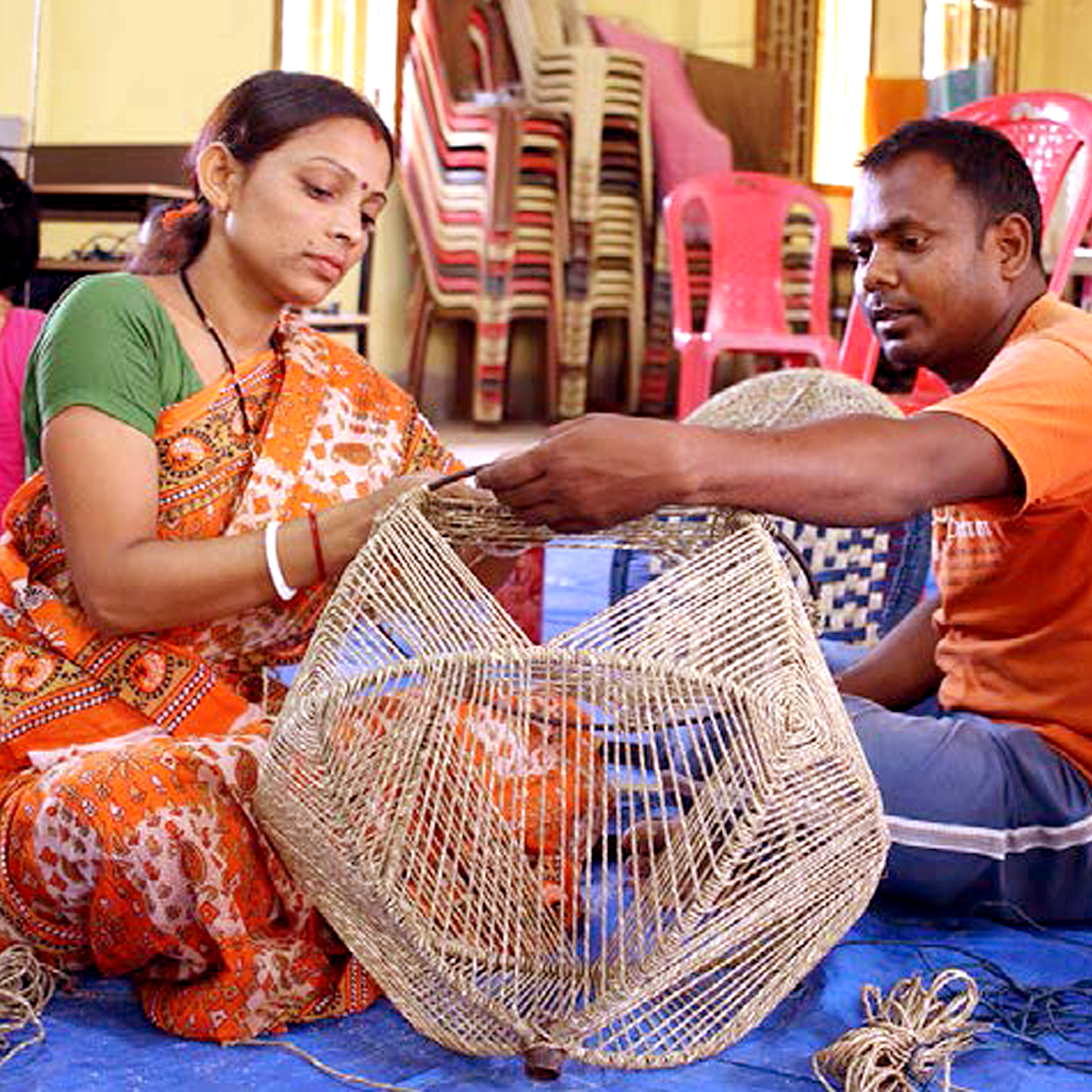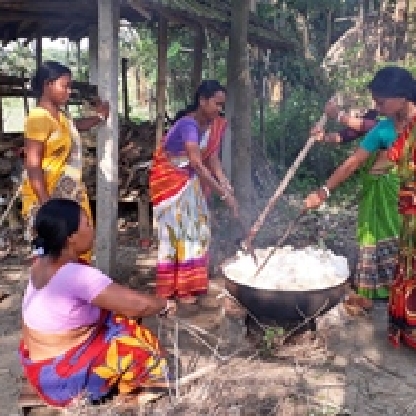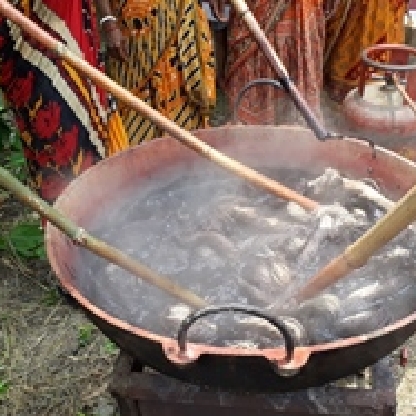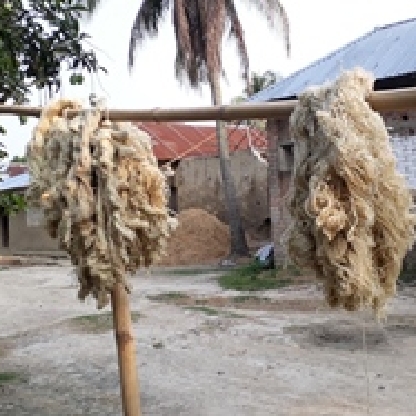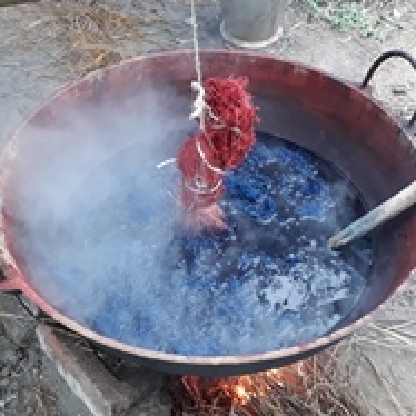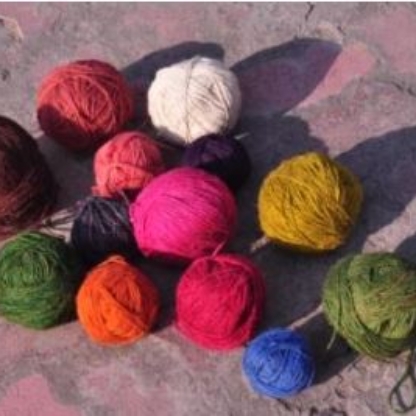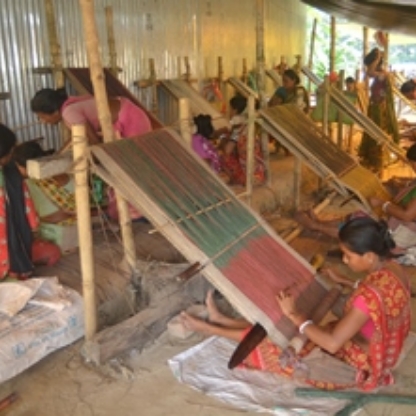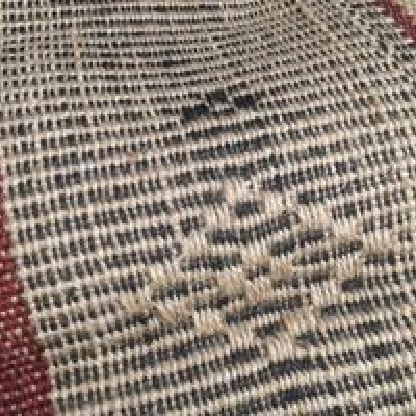Product
Traditional Description:
Traditionally, the mats were woven for households and used for sitting and sleeping purposes. No colours were used. The surface was rough.
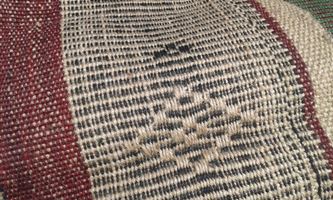
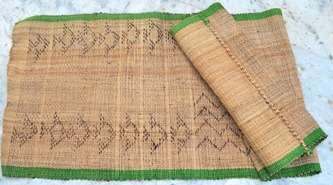
Contemporary Description:
Other than standard-sized mats (5 ft x 6ft), weavers are now making diversified products like bed sheets, shawls, door mats and floor mats, bags. They also dye the fibers and weave bright-coloured mats. Some are developing mats and other products using natural fibers like banana, cotton and wool which are more market-worthy. Some of the artists are also knowledgeable on weaving on looms and making products like jackets.
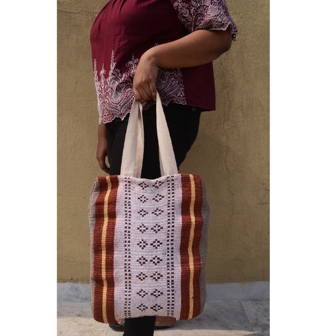
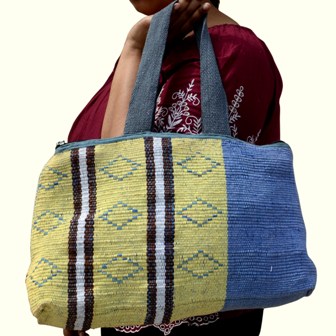
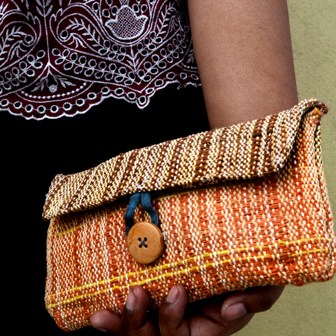
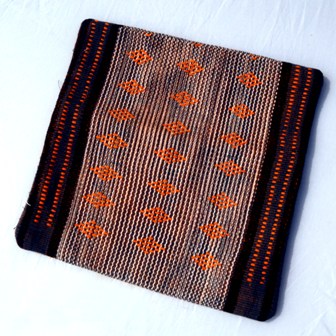
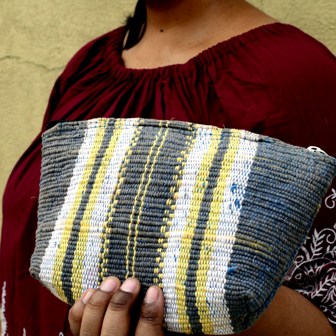
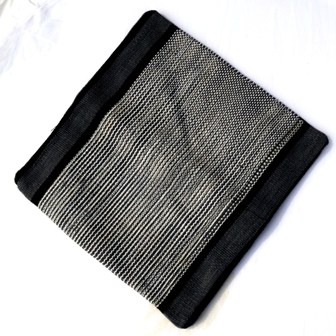
We have a expert Artists to serve you.
Top Artists
Find Your Favorites Among Our Diverse Art
The Panchmura terracotta artisans have deep-rooted traditions

Village Festival
Uttar Dinajpur Festival was organised at Raiganj showcasing the rich art and craft of North Bengal. The fesitvla was inaugurated by the Sabhadhipati of Uttar Dinajpur, Kabita Barman, Additional Distrrict Magistrate (Development), Shri Manas Mandal, GM DIC, Chairman Raiganj Municipality, Headmaster-Sudarshanpur Dwarika Prasad Vidyachakra and master artists inaugurated the festival. There were 20 stalls in the festivals where 43 craft artists participated. Folk performances were organised where 114 artists participated. Local cultural groups also performed in the event. There were handicraft stalls of Wooden Mask, Basketry, Terracotta, Shola craft, Sitalpati, Bamboo Mask, Dhokra, Rabha, Kantha and Patachitra. Each stall had an artist demonstrating the process of making the handicraft which attracted a lot of visitors who were curious and wanted to learn about the making of the handicrafts. Mukha dance, Raibenshe, Baul, Gambhira, Rabha song and dance, Bhawaiya music was showcased in the festival. Talk on Heritage of Uttar and Dakshin Dinajpur was conducted by Sukumar Barai, Associate Professor, Dept. of History, Meghnath Saha College, Itahar and Mr. Tuhin Shubro Mondal, environmentalist teacher and President of Dakshin Dinajpur Heritage Society. The panellists talked on heritage of the region like town bank, sinha bahini mandir associated with Tebhaga Andolon which needs to be safeguarded. There are interesting waterways in the region which caters to history of the medieval period.
International Visit
No Dhokra weavers has visited other countries as of now.
